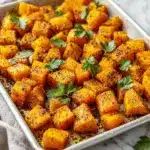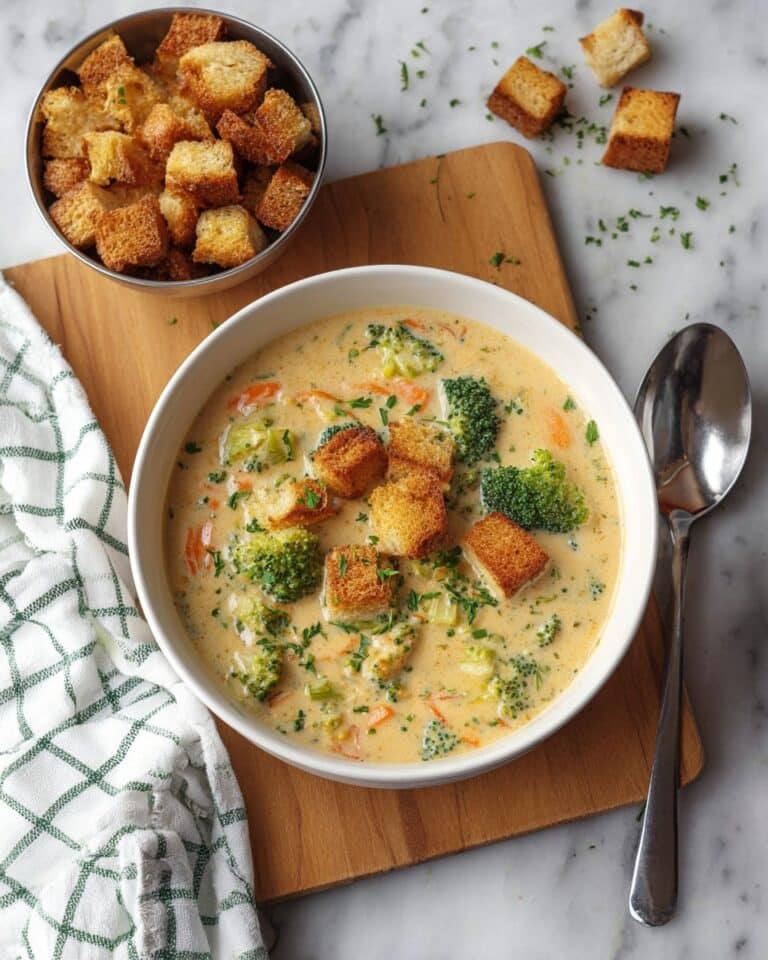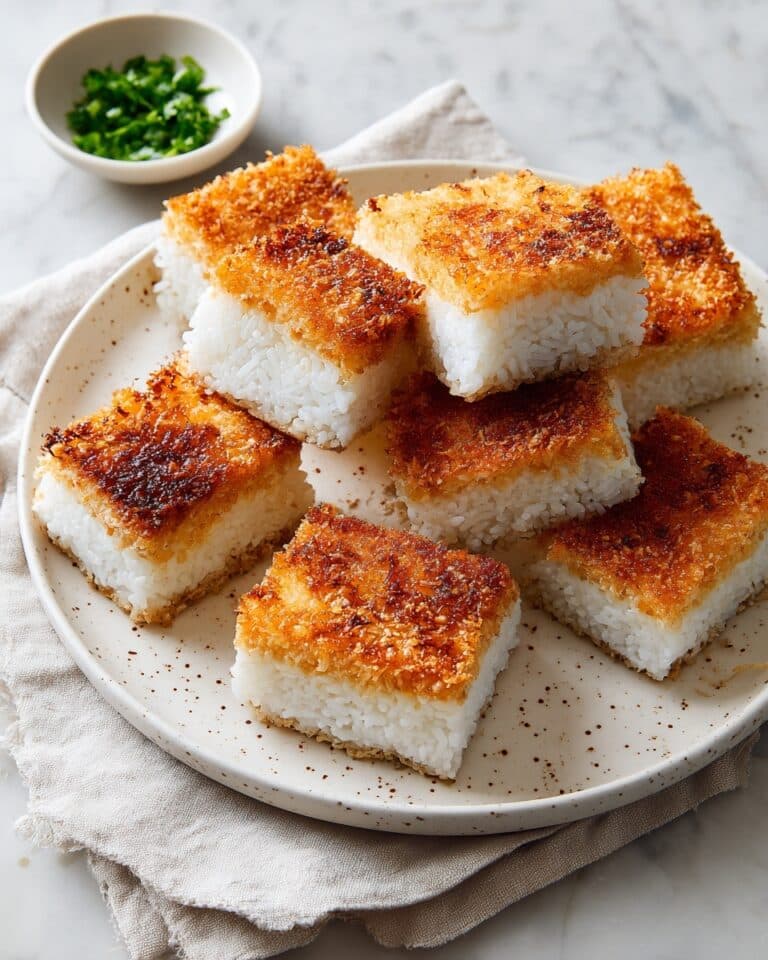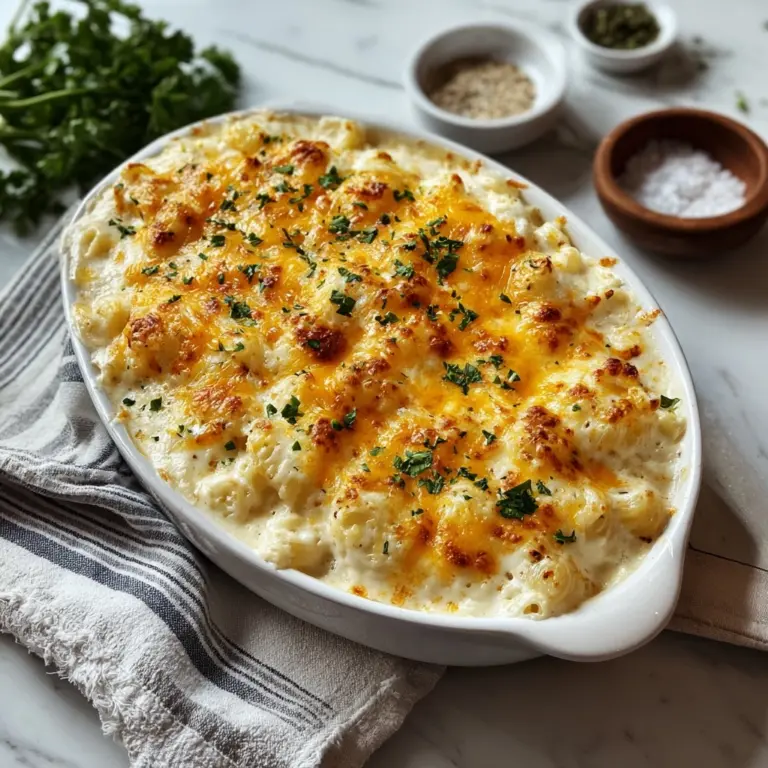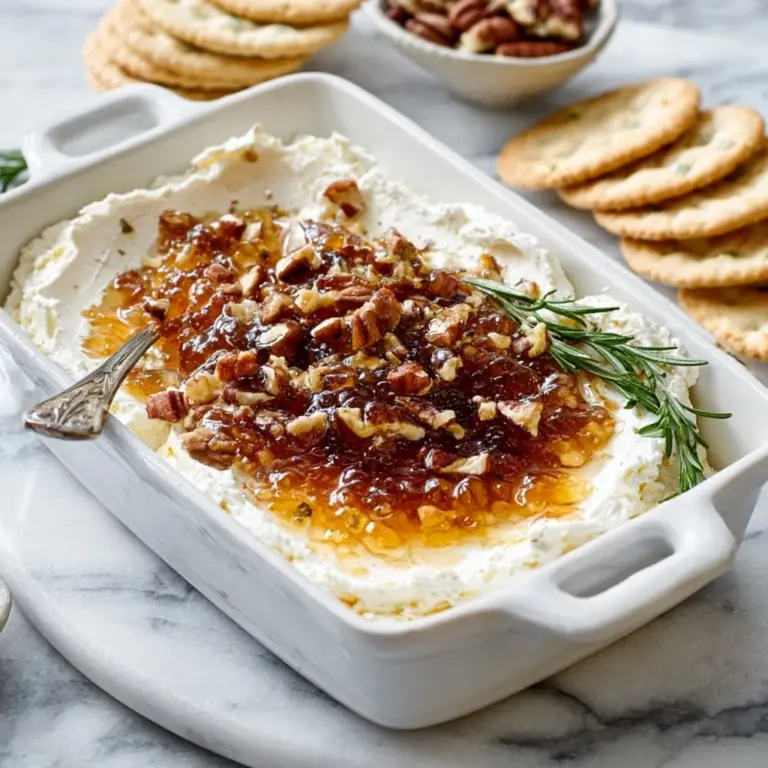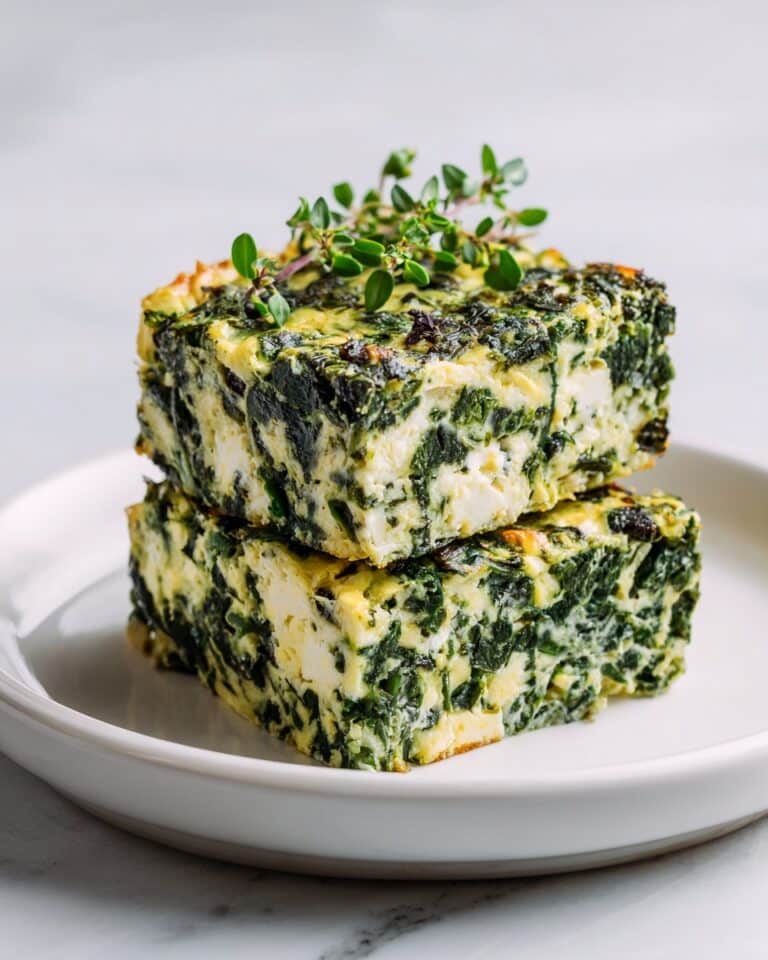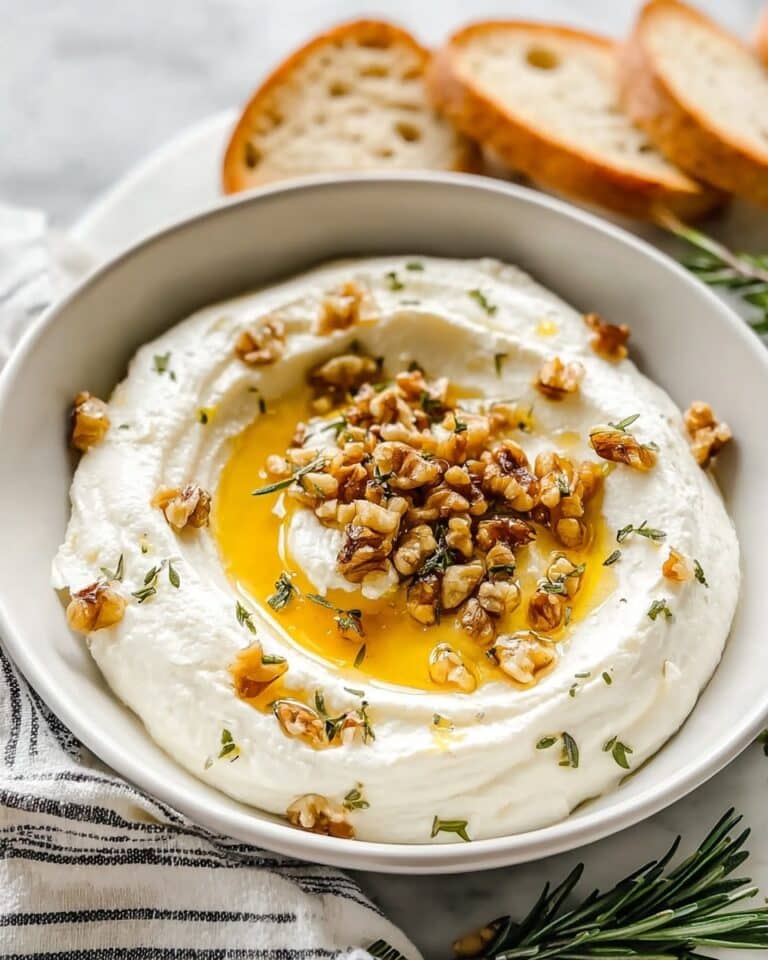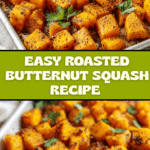Roasted Butternut Squash Recipe
If you’ve never tried Roasted Butternut Squash before, you’re in for a real treat. This dish perfectly balances the natural sweetness of butternut squash with a hint of warm cinnamon and the crispy edges that roasting brings out. Whether you’re looking for a simple side or a star ingredient to cozy up your meal, Roasted Butternut Squash brings vibrant color, comforting flavors, and a touch of easy elegance to any plate.
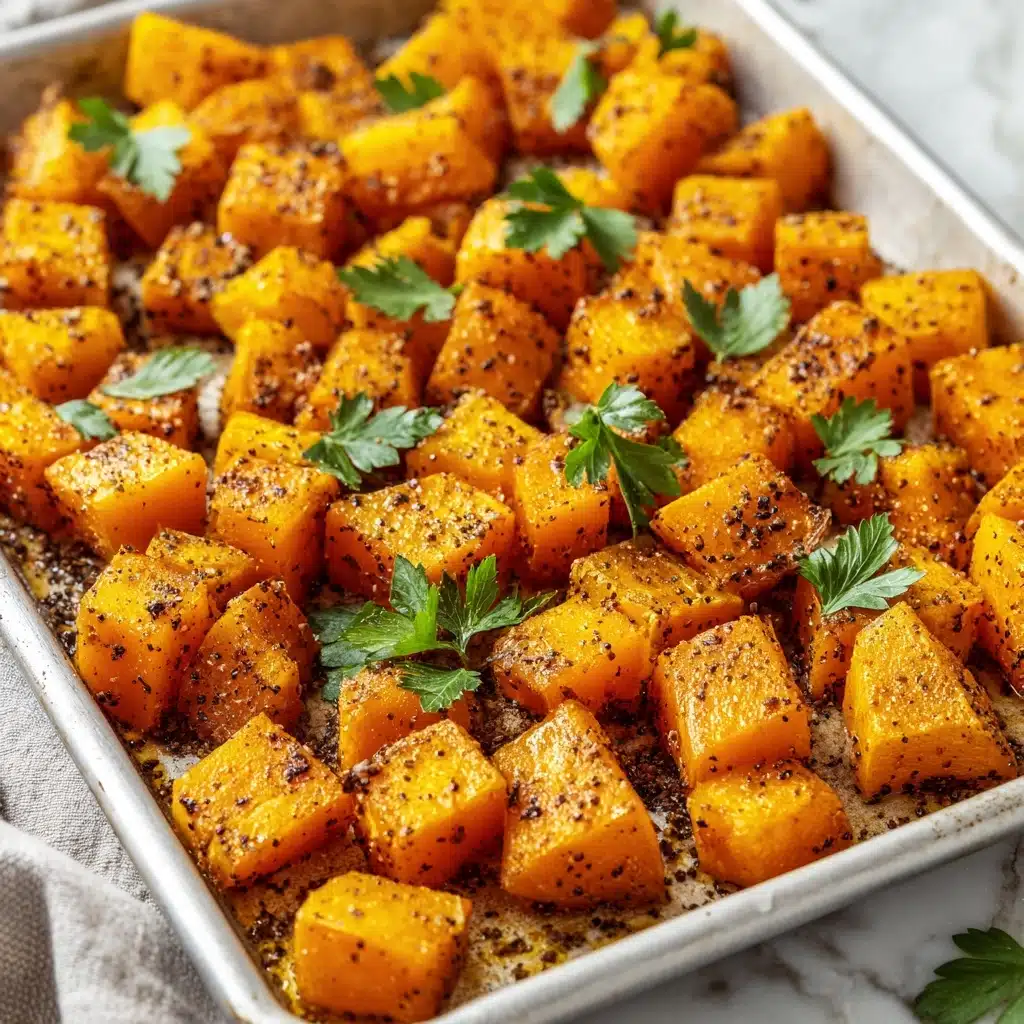
Ingredients You’ll Need
These ingredients are refreshingly simple, but each one plays a crucial role in making the Roasted Butternut Squash irresistibly flavorful and textured. With just a handful of pantry staples, you’ll transform humble squash into a show-stopping side.
- 1 medium butternut squash: The star of the show, peeled and cubed to ensure even roasting and caramelization.
- 2 tbsp olive oil: Coats the squash cubes to promote browning and adds a fruity richness.
- Salt and pepper to taste: Enhances the natural sweetness and balances the flavors.
- 1 tsp cinnamon (optional): Adds a warm, cozy depth that pairs beautifully with the squash’s sweetness.
How to Make Roasted Butternut Squash
Step 1: Preheat the Oven
Start by setting your oven to a toasty 425°F (220°C). This high heat is essential for developing that gorgeous caramelized edge that gives Roasted Butternut Squash its signature flavor and texture.
Step 2: Prepare the Squash
Peel your butternut squash carefully, then cube it into evenly sized pieces. Uniform cubes mean they’ll cook evenly and caramelize beautifully. Toss the cubes in a bowl with olive oil, salt, pepper, and the optional cinnamon for a hint of warmth.
Step 3: Arrange on Baking Sheet
Spread the squash cubes out in a single layer on a baking sheet. Crowding the pan will cause steaming, so give each piece some breathing room to get that perfect roast.
Step 4: Roast to Perfection
Roast your butternut squash for 25 to 30 minutes, flipping the cubes halfway through. This flip is key for cooking evenly and ensuring every side develops that slightly crisp, caramelized finish you’re craving.
How to Serve Roasted Butternut Squash
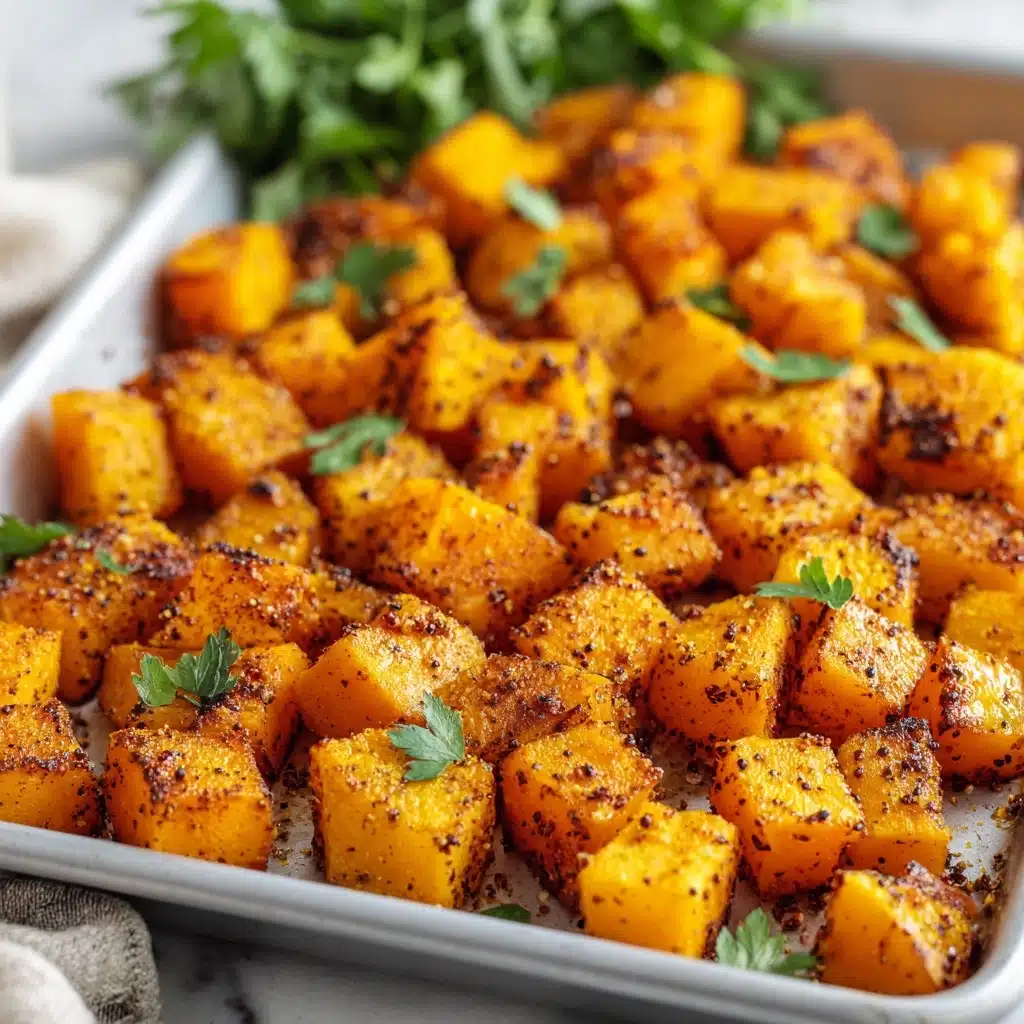
Garnishes
To elevate your Roasted Butternut Squash, sprinkle freshly chopped parsley, toasted pepitas, or a drizzle of honey. These little touches add vibrant color and contrast in texture, making every bite more exciting.
Side Dishes
Roasted Butternut Squash pairs beautifully with roasted meats, grain bowls, or alongside a fresh salad. It’s also fantastic mixed into hearty fall soups, adding a natural sweetness that’s hard to beat.
Creative Ways to Present
For a creative twist, toss the roasted cubes into a warm quinoa salad or use them as a hearty topping on a crisp pizza crust. You can also blend them into a smooth purée for a rustic, silky side or base for sauces.
Make Ahead and Storage
Storing Leftovers
Store any leftover Roasted Butternut Squash in an airtight container in the refrigerator for up to 4 days. It keeps its flavor and texture well, making it perfect for quick meal add-ons during the week.
Freezing
You can freeze roasted butternut squash by placing the cooled cubes in a freezer-safe bag or container. It’s best used within 3 months, and thaw overnight in the fridge before reheating to preserve texture and flavor.
Reheating
Reheat leftovers either in a skillet over medium heat to revive the crispy edges or in the oven at 350°F (175°C) until warmed through. Microwaving works in a pinch but may soften the cubes more than roasting does.
FAQs
Can I roast butternut squash without peeling it?
While peeling makes eating easier and ensures even cooking, you can roast butternut squash with the skin on if washed well. The skin becomes tender when roasted and is edible, but some prefer peeling for a smoother texture.
What does cinnamon add to Roasted Butternut Squash?
Cinnamon adds a gentle warmth and subtle sweetness that complements the natural sugars in the squash. It’s optional but highly recommended if you want a cozy, fall-inspired flavor profile.
Can I use other oils instead of olive oil?
Yes! Avocado oil, grapeseed oil, or even melted coconut oil are great alternatives. Olive oil gives a lovely fruity note, but the key is using an oil with a high smoke point for roasting.
How do I know when the squash is done roasting?
The squash is perfectly roasted when it’s tender inside and has golden, caramelized edges. Use a fork to test tenderness; it should glide through the cubes easily without them falling apart.
Can I add other spices to this recipe?
Absolutely! Roasted Butternut Squash is a versatile canvas. Try paprika, cumin, thyme, or rosemary for savory variations, or nutmeg and allspice for more warmth.
Final Thoughts
Roasted Butternut Squash is one of those magical dishes that’s easy to make yet feels like a special occasion every time. Its versatility and comforting flavors invite endless creativity and enjoyment. I can’t wait for you to try this recipe and see just how quickly it becomes a favorite on your table.
PrintRoasted Butternut Squash Recipe
Deliciously sweet and tender roasted butternut squash with a hint of cinnamon, perfect as a side dish or a healthy snack. This simple recipe highlights the natural flavors of the squash, enhanced by olive oil and seasoning, and roasted to caramelized perfection.
- Prep Time: 10 minutes
- Cook Time: 25-30 minutes
- Total Time: 35-40 minutes
- Yield: 4 servings 1x
- Category: Side Dish
- Method: Roasting
- Cuisine: American
- Diet: Gluten Free
Ingredients
Main Ingredients
- 1 medium butternut squash, peeled and cubed (about 3 cups)
- 2 tbsp olive oil
- Salt to taste
- Black pepper to taste
- 1 tsp cinnamon (optional)
Instructions
- Preheat Oven: Preheat your oven to 425°F (220°C) to ensure it’s hot enough to roast the squash evenly and develop a nice caramelized surface.
- Prepare Squash: In a large bowl, toss the peeled and cubed butternut squash with olive oil, salt, pepper, and cinnamon if using. Make sure the squash pieces are well coated for even roasting and flavor distribution.
- Arrange on Baking Sheet: Spread the cubed squash in a single layer on a baking sheet. Avoid overcrowding to ensure the pieces roast evenly and get crispy edges.
- Roast the Squash: Place the baking sheet in the preheated oven and roast for 25-30 minutes. Halfway through cooking, flip the squash pieces to promote even caramelization and tenderness.
- Check for Doneness: The butternut squash is done when tender and slightly caramelized on the edges. You can test doneness by piercing a piece with a fork—it should slide in easily.
Notes
- For extra flavor, try adding fresh herbs like rosemary or thyme before roasting.
- If you prefer a sweeter taste, increase the cinnamon or sprinkle a little brown sugar on the squash before roasting.
- Use parchment paper on the baking sheet for easy cleanup.
- Leftover roasted butternut squash can be refrigerated in an airtight container for up to 3 days.
- This recipe is naturally gluten-free and vegetarian.
Nutrition
- Serving Size: 3/4 cup (about 150g)
- Calories: 110
- Sugar: 4g
- Sodium: 150mg
- Fat: 7g
- Saturated Fat: 1g
- Unsaturated Fat: 6g
- Trans Fat: 0g
- Carbohydrates: 12g
- Fiber: 3g
- Protein: 1g
- Cholesterol: 0mg
Keywords: roasted butternut squash, autumn recipes, healthy side dish, simple roasted vegetables, gluten free side

